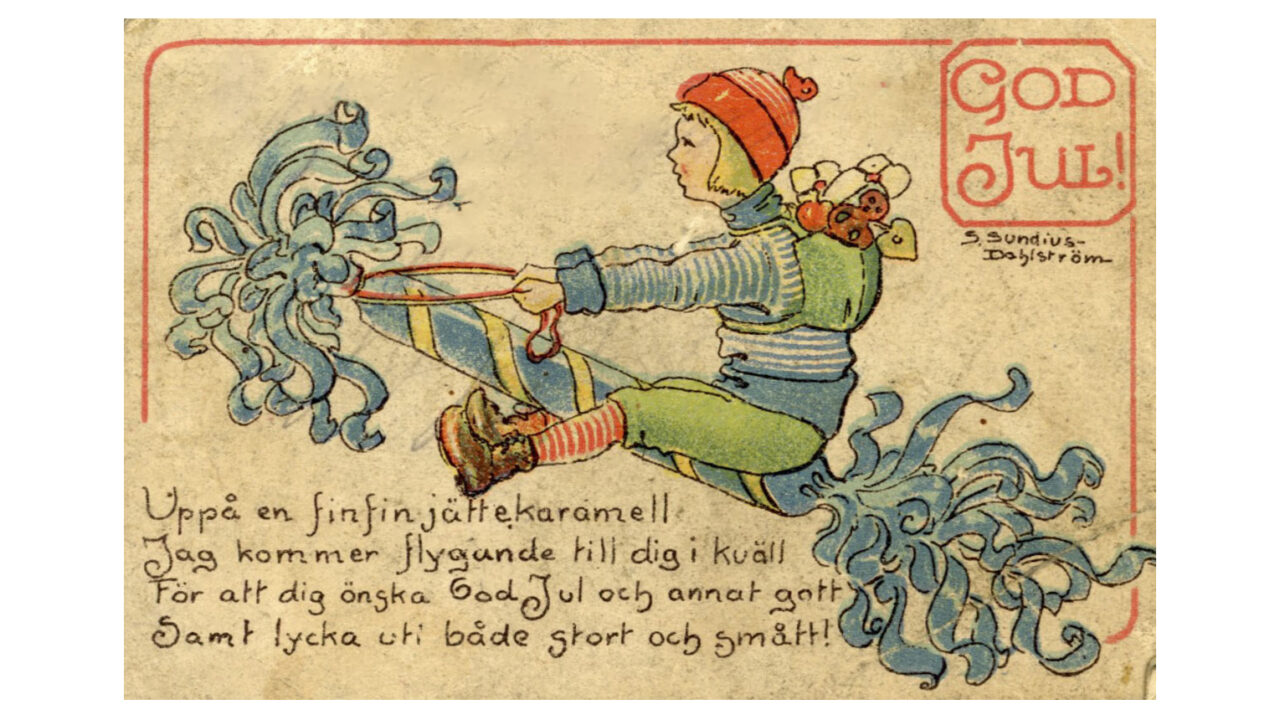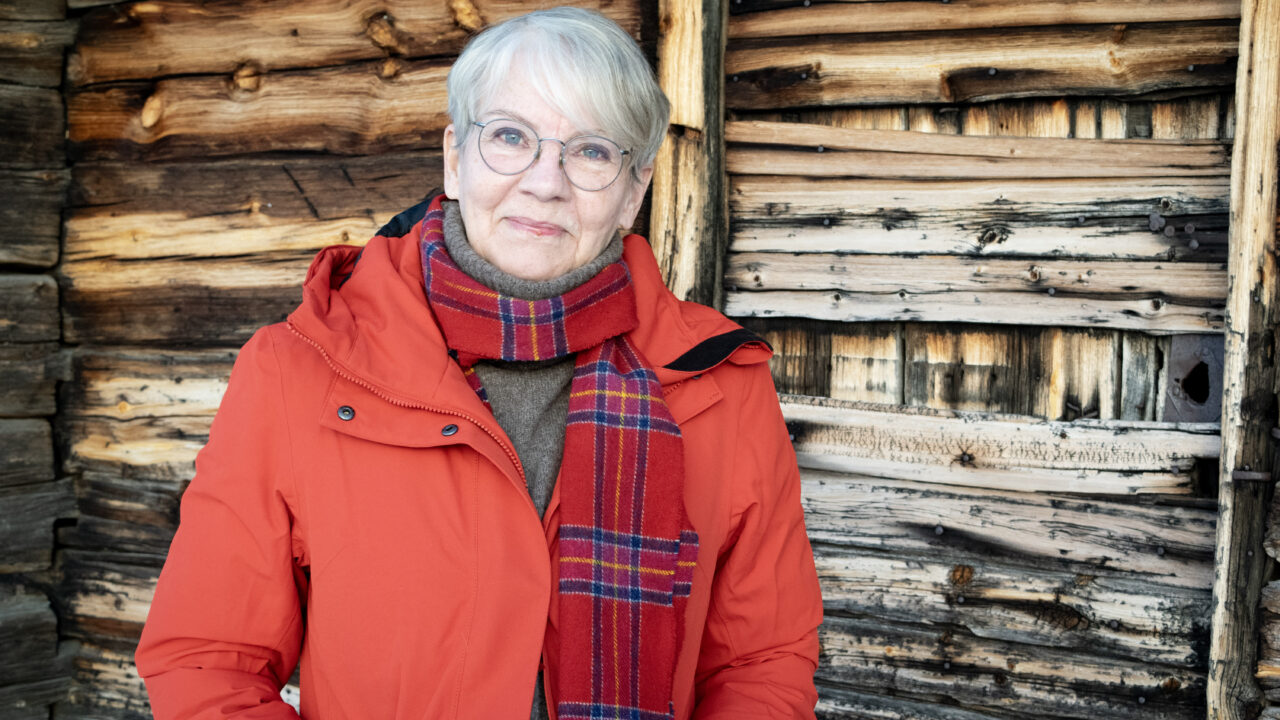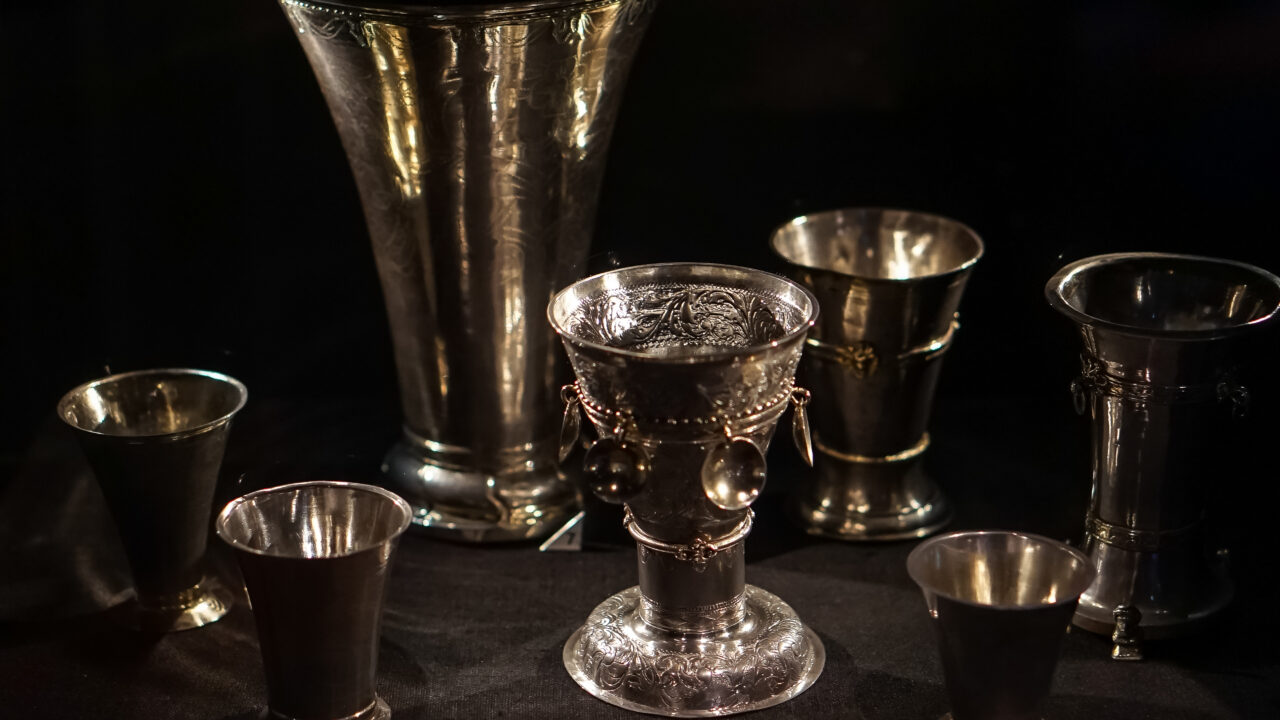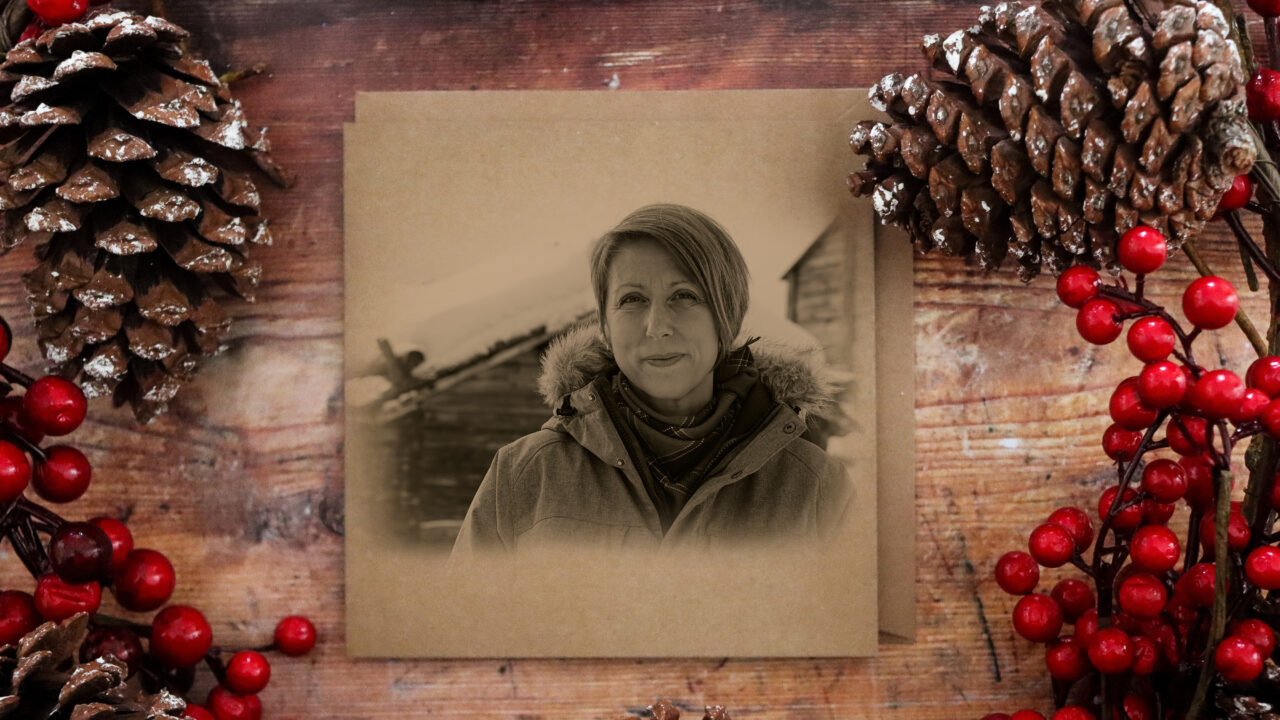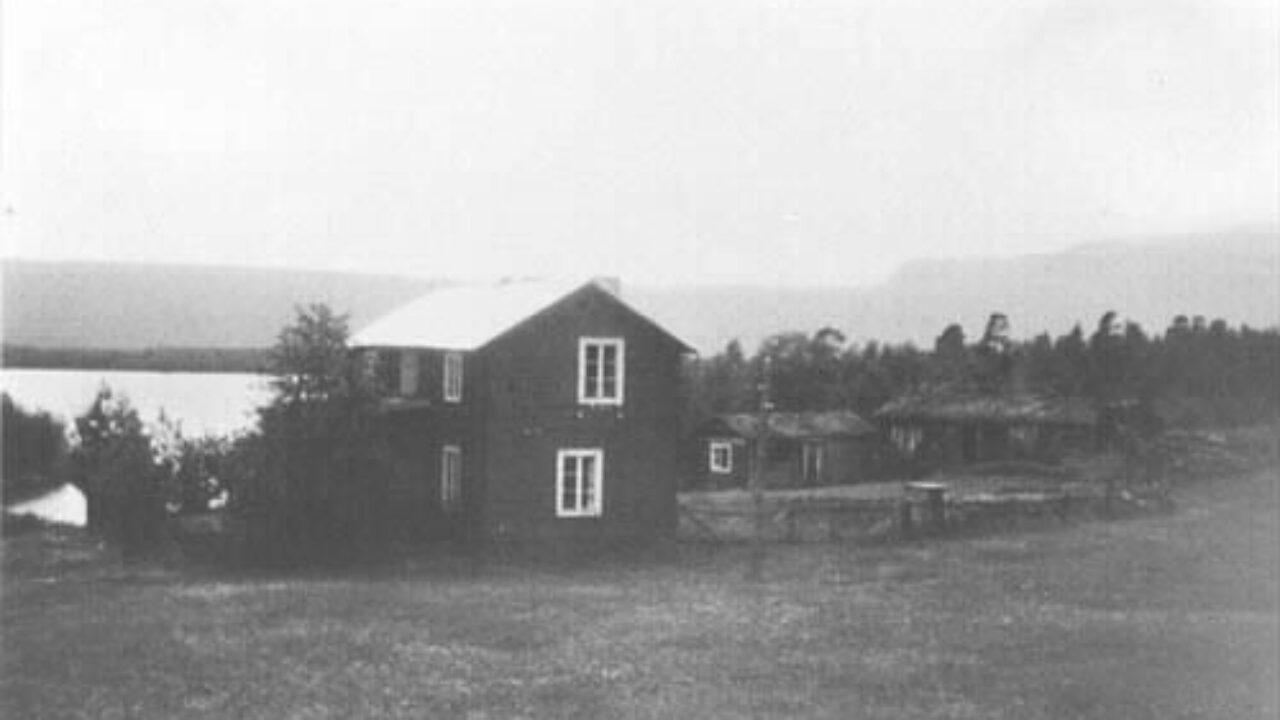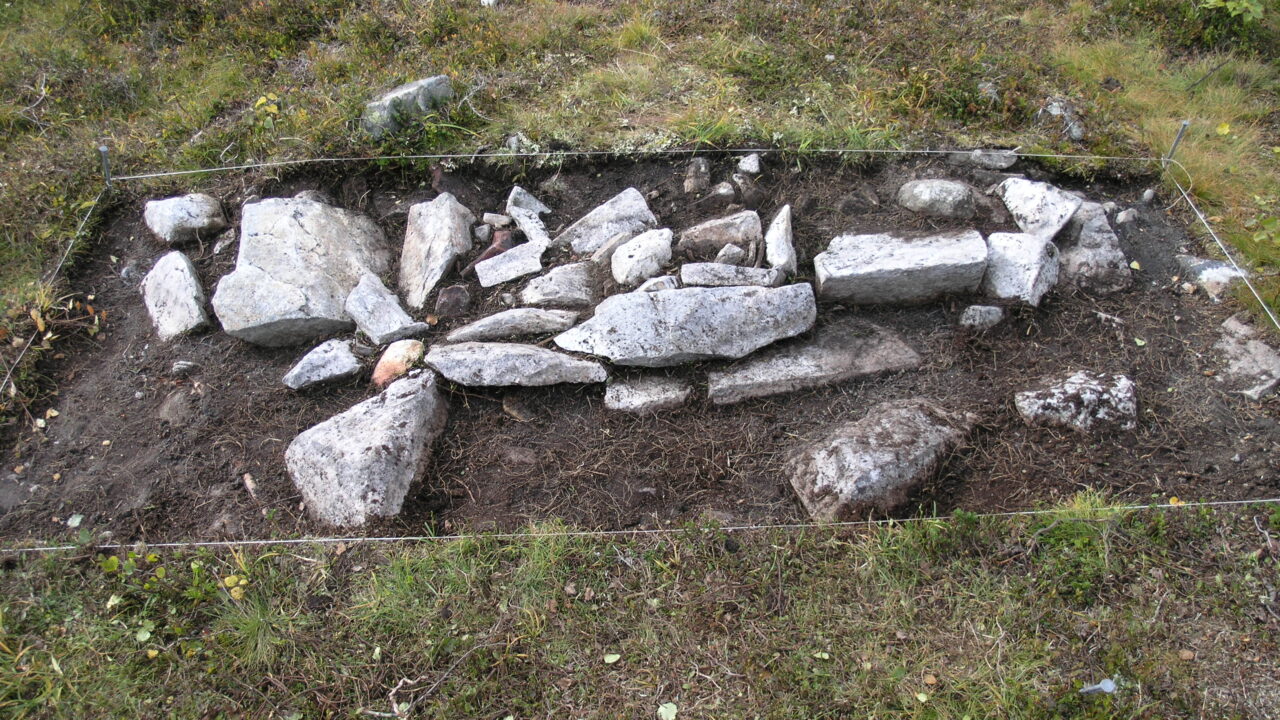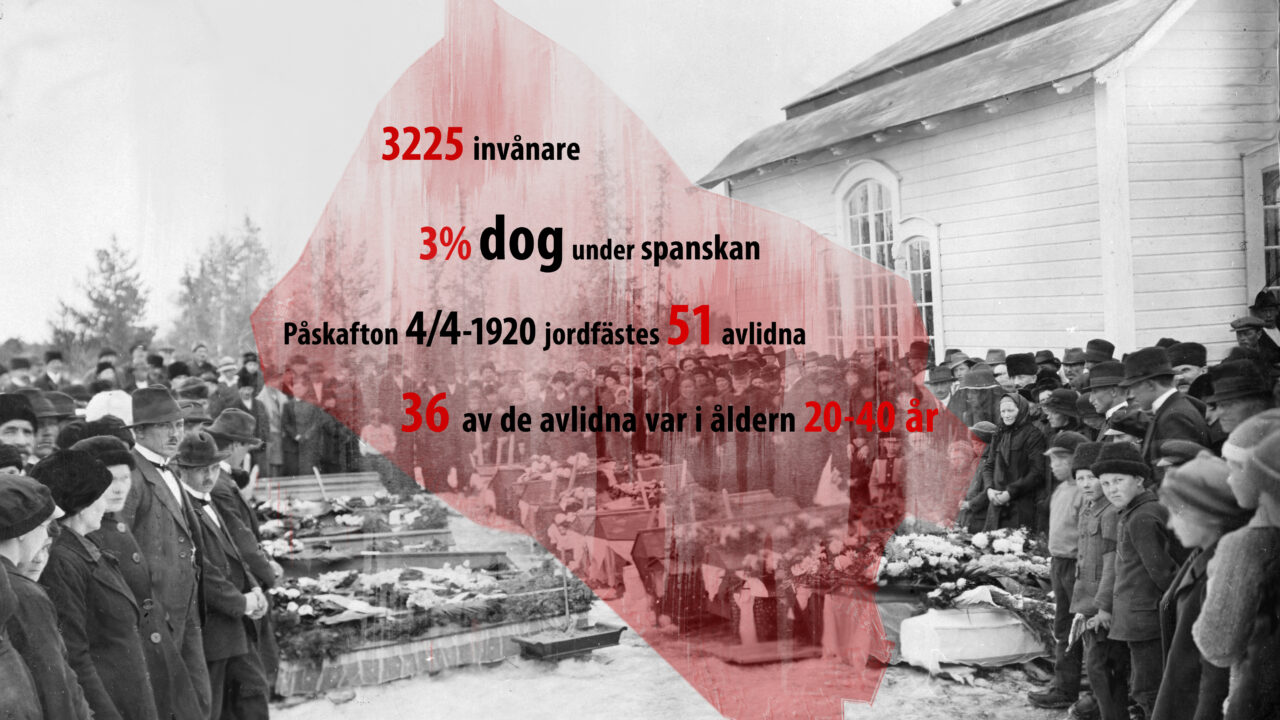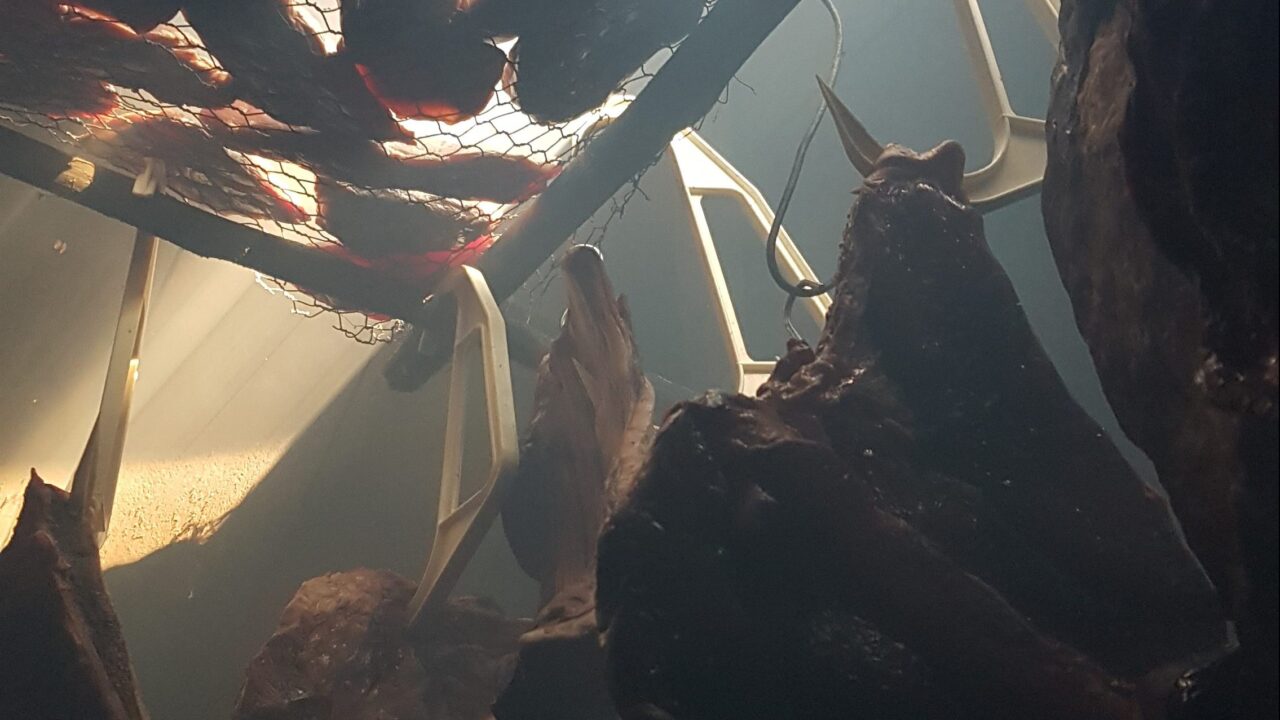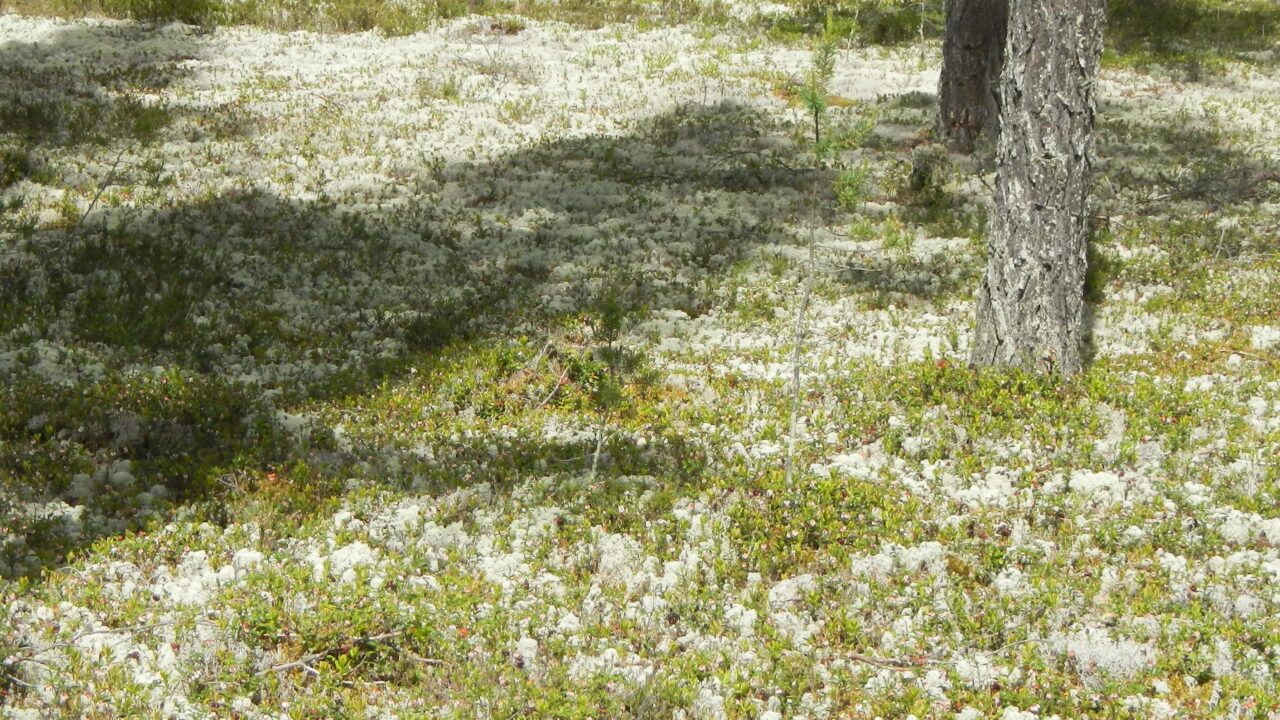The stable hut at Barkudden
What's new
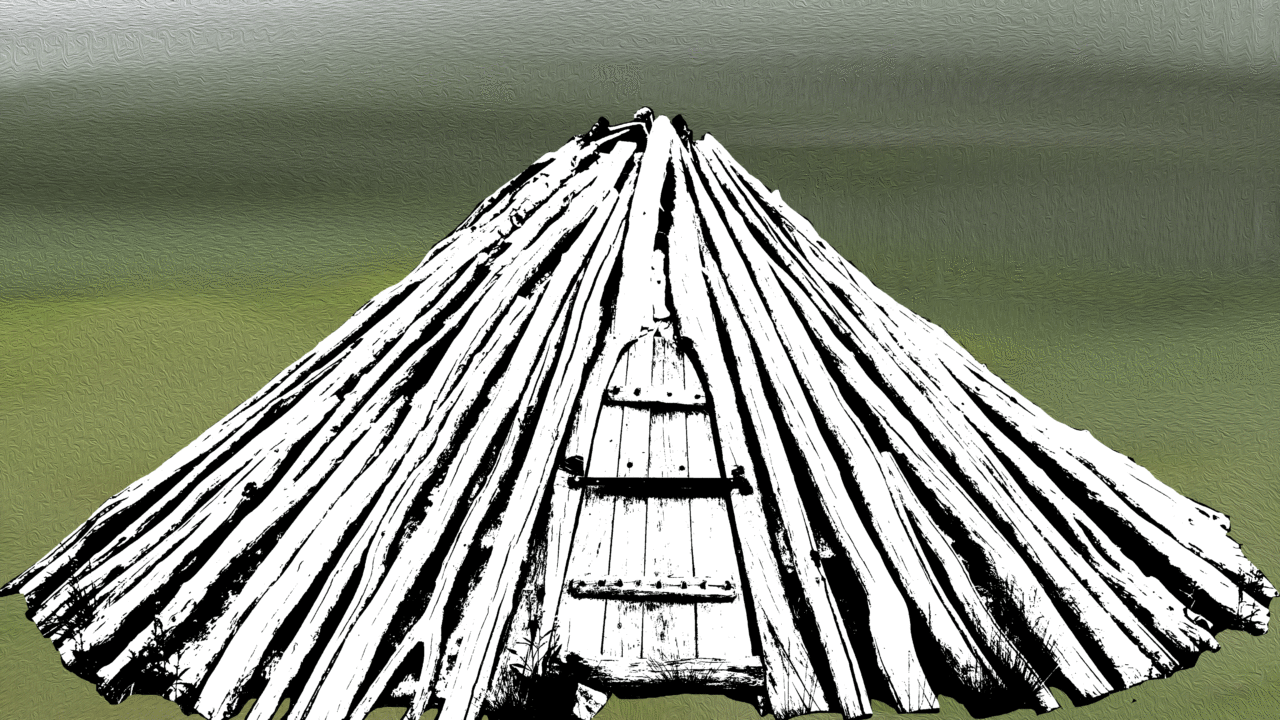
During the first half of the 2000s, the Silvermuseet carried out extensive investigations of settlement remains in the mountain world of Arjeplog with a special focus on stalotomts.
The plots appear in the terrain as an oval depression surrounded by an approximately one meter wide embankment around the edge with a more or less clear hearth (fireplace) in the middle. Usually there are several in a row in an organized group. The investigations show that they were mainly built during the period 800-1050 AD.

Perhaps the clearest and finest stalotomte in Arjeplog municipality is located a few hundred meters from Vilstugan, at Silvervägen, towards the Norwegian border.
The many investigations of stalotomts provided a good basis for discussing the construction that stood on the plots. No organic traces have been found in any of our or others' investigations. However, the rampart and the burial suggested that they wanted to increase the height of the roof at the end of the roof, which in turn indicates a fairly flat roof. We assumed that the structure was built of mountain birch and birch bark, materials that are and were found in abundance.
To test our hypotheses regarding the construction, a reconstruction was built at Vilstugan towards the Norwegian border. Our aim was partly to test the construction and partly to experiment with burning fresh birch wood, which has always been the most important wood in connection with the mountain birch forest. We also wanted to test what the living conditions were like during the winter.
The hut was built in 2007 with birch, debarked during the sawmill period, with a roof covering of birch. Firing, measurement of wood consumption, smokiness, heat in the hut and under the hearth were measured during three different winter periods, 2008-2009. After that, the hut was used only sporadically until 2017 when it was dismantled after 10 years and moved to the Bark Cushion at the Silvermuseet.

Descriptions from the 18th century tell how the mountain Sami took the mountain birch and split it up so that it could be used as firewood.
The whole tree was dragged to the hut site where it was divided into trunk parts, coarser twigs and finally finer twigs. The fire is built up by lighting the finest twigs first and then gradually adding coarser wood.

Fresh pine cannot be burned, but fresh birch can.
The cellular structure of birch allows the moisture contained in the wood to evaporate at its ends. Mountain birch burns quite well, and a small mountain of glowing charcoal builds up during prolonged burning. The charcoal glows for a long time after the burning has stopped. In our experiments, glowing coals were usually still present in the morning.

Sven-Erik Elveback and Lars Liedgren, lining the timber with netting.

The rebuilding of the stable block is a major undertaking, which is done in several stages.

The hut in its new location, Barkudden in Arjeplog.
